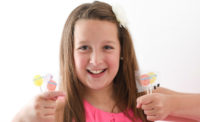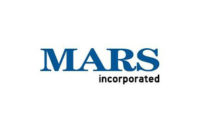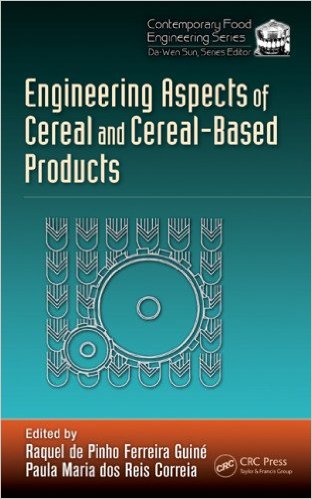Shine On Sugar-Free
By Mary
Ellen Kuhn
Low-carb has lost some luster, but sugar-free sales are
strong.
The bloom may be off
low-carb candy, but the niche for sugar-free confectionery products
continues to grow nicely.
Last year diet candy sales climbed 36 percent to $258
million in food, drug and mass merchandise channels (excluding Wal-Mart),
Information Resources Inc. reports. A
variety of factors are contributing to the sugar-free market growth.
For one thing, as baby boomers move toward senior
status, the incidence of health problems like diabetes, which require
cutting back on sugar intake, are increasing.
Always quick to address consumers’ needs,
Russell Stover is introducing a line of DiabetX candy. DiabetX products not
only are sugar-free, but they also are specially made to address the needs
of diabetics via a formulation that includes chromium, zinc and magnesium.
Packaging also includes facts on the candy’s Glycemic Index ratings,
which measure the rate of carbohydrate absorption—information that a
growing number of diabetics have come to appreciate.
Using packaging to deliver as much pertinent
information as possible is critical, experts report. For example, Sweet
N’ Low products from Simply Lite highlight net carb content as well
as the fact that the products are sugar-free. In addition, the company is
offering a flip-top counter display designed for placement in locations
such as pharmacy counters.
Meanwhile, sugar-free candy is tasting better all the
time, thanks to an ever-lengthening list of non-sugar sweetener options and
improved product formulation techniques. “If the consumer does not
have 100 percent satisfaction that they have tasted a sweetener that is
identical to sugar, we don’t think they are going to be interested in
it,” says Loren Miles, CEO of Swiss Research Inc., marketer of a
brand new sugar replacer called Shugr. Shugr is marketed as a consumer
branded product, but it also has a variety of ingredient applications.
Shugr is made from a combination of three naturally
occurring sugars—erythritol, maltodextrin and tagatose, all of which
carry the U.S. Food and Drug Administration’s GRAS designation.
Rounding out the patented Shugr formulation is a trace amount of sucralose,
which delivers what Miles describes as “a final high note” to
the sweetener.
“With the combination that we have, we feel that
we have met our objective of achieving a near-perfect match to cane
sugar,” Miles reports.





